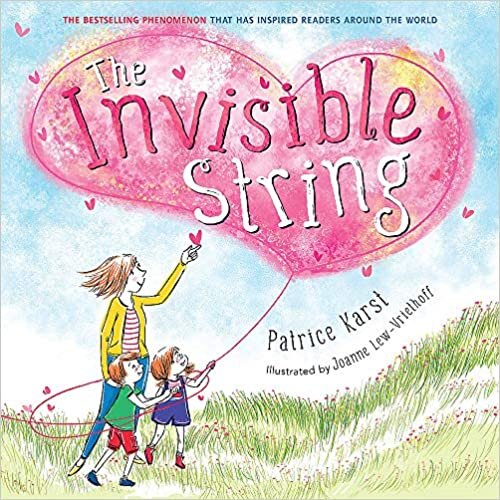stock photo from Unsplash
Picture in your mind, the damaged Delta plane at the Toronto Pearson Airport, endlessly shown by news providers with its roof unnaturally resting on the tarmac. It offers a striking metaphor for our world today. Just like the plane in this unimaginable position, the global situation often feels unbalanced and unraveling.
Personally, I experience myself living in a time of profound disruption, where what I once perceived as quite familiar and secure seems to be shifting under me. Whether it be climate crisis, social upheaval, or geopolitical tensions, it is as if my world is being upturned. Too often I feel “groundless” and disorientated, forcing my inner self to constantly attempt to right itself amid uncertainty and chaos.
The inverted plane symbolizes for me my experience of a shift where everything I once held to be so, has been turned upside down. The certainty I once relied on now feels upended, leaving me in a world where old norms no longer seem to apply. Longtime friendships are threatened, lies are spoken as truth, and the unthinkable happens every day.
Through the prompt emergency responses and skillfully handled evacuation of the Delta Connection Flight 4819, operated by Endeavor Air, all passengers and crew, survived.
I found myself seeing moments of hope in witnessing these survivors and as I looked beyond the wreckage to the plane’s flight code. At its core, the word of endeavor connotes the pursuit of something meaningful or challenging. Is that in itself not emblematic of the human spirit needed by folks of goodwill at this moment in history when faced with the tensions of competing interests. Furthermore, the name connector, in the flight’s identifier, highlights for me the need to focus our individual and communal strivings on actions which facilitate connection rather than words and actions which serve to disconnect us.
The necessity and value of fostering connection with one another at the personal, local, national, and global levels is not to be underestimated. It is vital if we, as global wayfarers, hope to be survivors of our global upturning.
-Sister Nancy Wales, CSJ
Stock Images: Jack Millard / Kendrick Fernandez/Unsplash
““What we must do,
I suppose,
is to hope the world
keeps its balance;
what we are to do, however,
with our hearts
waiting and watching—truly
I do not know.”
”











